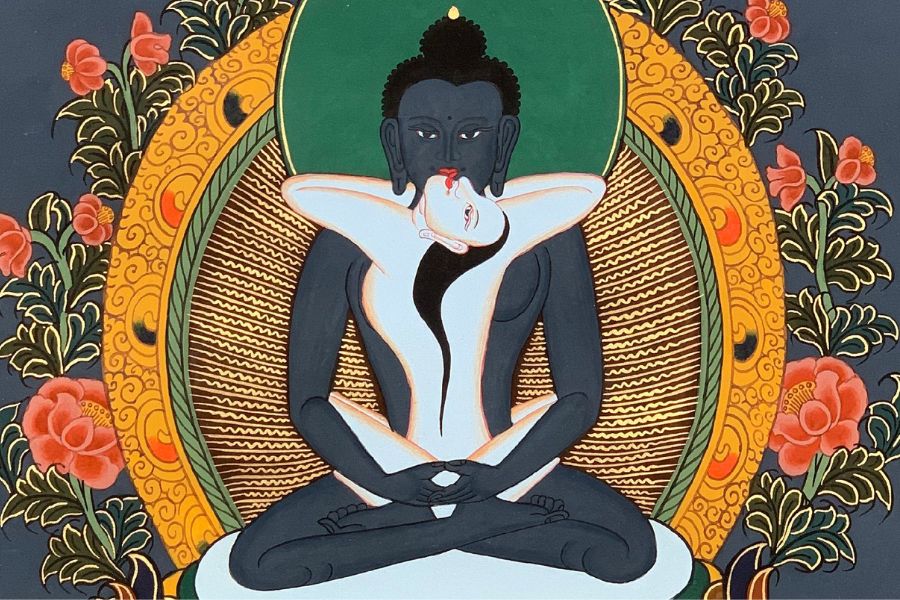Each part of our body, according to various scholars and therapists, holds what we call “Body Memories.” These memories are invisible records of our experiences, emotions, and traumas.
That, over the course of life, become stored in different areas of the body. Wilhelm Reich, a psychoanalyst and physicist, reminds us that the body is our visible unconscious. This means that many of our unresolved emotions and experiences manifest physically, expressed through symptoms such as pain, tension, and even illness.
Among the various parts of the body, the spine plays a fundamental role, being considered the base of our physical and emotional structure. Not only is it responsible for our physical support, keeping us upright and protecting the spinal cord, but it also has a profound symbolic meaning in our psychology. In Psychosomatics, the spine is associated with our emotional support. It reflects the firmness of our purposes, our stability in the face of adversity, and, primarily, our ability to adapt to life changes. It represents our axis in the world, the feeling of belonging, and the security of knowing we have a solid foundation, whether in the family, relationships, or professional life.
When we go through significant emotional challenges, such as losses, difficulties in relationships, or sudden life changes, it is common for the spine to begin showing signs of tension. Many people report back pain, stiffness in the lower back, or discomfort in the neck area, especially when they are going through a period of uncertainty, insecurity, or stress. These symptoms are often a reflection of a lack of emotional support, as if we were unbalanced or unable to stand firm in the face of an important change. It could be the case of someone who lost a loved one, someone who represented emotional support, or even someone who, for various reasons, feels directionless, unsure of what to do next, or lacking the security to move forward.
The good news is that we can work with these emotional memories and the blockages they create in the body. One way to address these tensions is through therapeutic massages, which not only relax the muscles but also help release repressed emotions. The use of essential oils, in particular, has proven to be effective in this process. Essential oils have the ability to act on the body holistically, addressing both the physical and emotional aspects of a person, helping to dissolve blockages that may have formed over time.
For those seeking physical and emotional support, massage with essential oils can be an excellent alternative. I suggest a simple yet highly effective practice: dilute 2 drops of essential oils of Myrrh, Cypress, Cedarwood, or Elemi in 10 grams of neutral cream or coconut oil. These oils have properties that help promote balance, stability, and vitality. Myrrh, for example, is known for its calming and strengthening properties, while Cypress is energizing and helps restore emotional balance. Cedarwood has a grounding effect, helping to reinforce the feeling of security, and Elemi is a revitalizing oil that supports energy renewal.
By gently massaging the spine, you are not only physically treating the muscles and tissues but also promoting a deep connection with your inner self. This practice can bring a sense of vitality, strength, and love to an area of the body that often holds much of our insecurities and fears. Additionally, the therapeutic touch and the use of essential oils will provide a balance between body and mind, promoting the release of emotional tensions and helping to restore equilibrium between the mind, spirit, and body.
Try this practice and notice how, over time, you may feel relief both physically and emotionally. The spine, being the foundation of our physical structure, can also be the key to restoring emotional balance when we deal with emotions that we often don’t know how to express. Healing begins with the recognition that the body speaks what the mind and soul sometimes cannot.




















